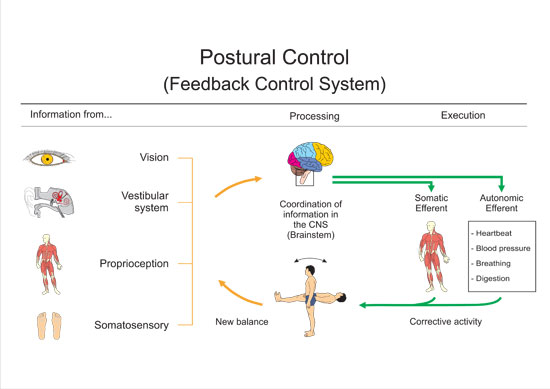12. tbl. 98. árg. 2012
Seasickness
The purpose of this paper is to provide an overview of the physiological basis, clinical picture and treatment opportunities of motion sickness. Motion sickness can occur when sensory inputs from body orientation and movements in space contradict or differ from those predicted from experience. In that case disturbing symptoms can occur when a person is exposed to unfamiliar movement or perceived movement in the environment. Best known is when this occurs at sea, referred to as sea sickness. Despite progress in the technology and comfort of modern sea transit and transportation (ships, planes and overland vehicles) a great number of workers and travellers still experience motion sickness, with its coexisting risks of accidents. A survey performed on Icelandic seamen indicates that up to 80% experience seasickness when at sea and up to 80% experience mal de debarquement. Bouts are characterized by an initial phase of mild discomfort followed by neurologic and gastro-intestinal manifestations. The delay in onset depends on specific circumstances and individual susceptibility. Signals from the vestibular system are essential for triggering motion sickness, where vestibuloautonomic pathways that typically subserve homeostasis play the key role. Attacks are precipitated by conflicting sensory, visual and vestibular signals but the underlying mechanism is unclear. The neural pathways that produce nausea and vomiting during motion sickness are presumed to be similar to those that generate illness after ingestion of toxins. Most medications used for prevention and treatment induce unwanted sedation, that both reduce ability to cope with the situation and delay the most wanted adaptation. Furthermore, no one drug is completely effective or preventive under all conditions.
Table I. Signs of motion sickness. é - increased, ê - decreased. NS = nervous system. GI = gastrointestinal. (EEG = electroencephalography)
Table II. Drugs to treat motion sickness. Asterisk* marked drugs have known effect against motion sickness.
Figure 1. Questionnaire survey of 500 seamen, aged 12 - 66 years. Attending Maritime Safety and Survival Training Center [Sæbjörg].

Figure 2.
